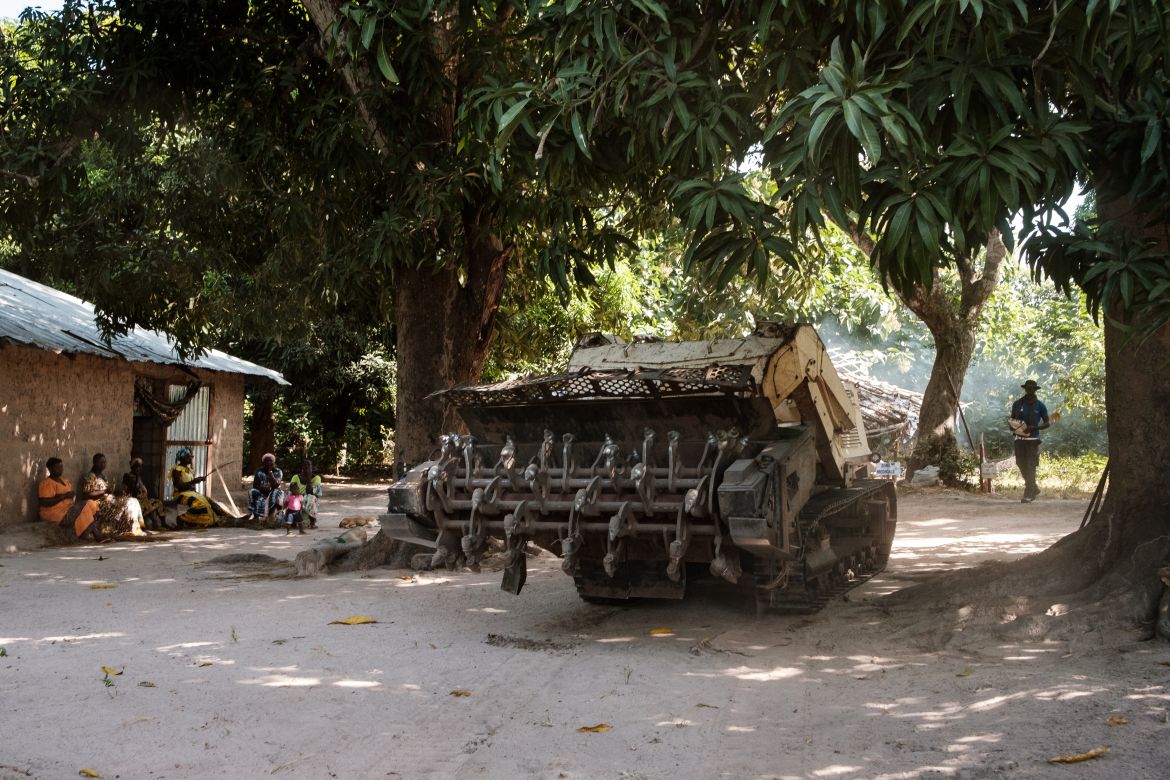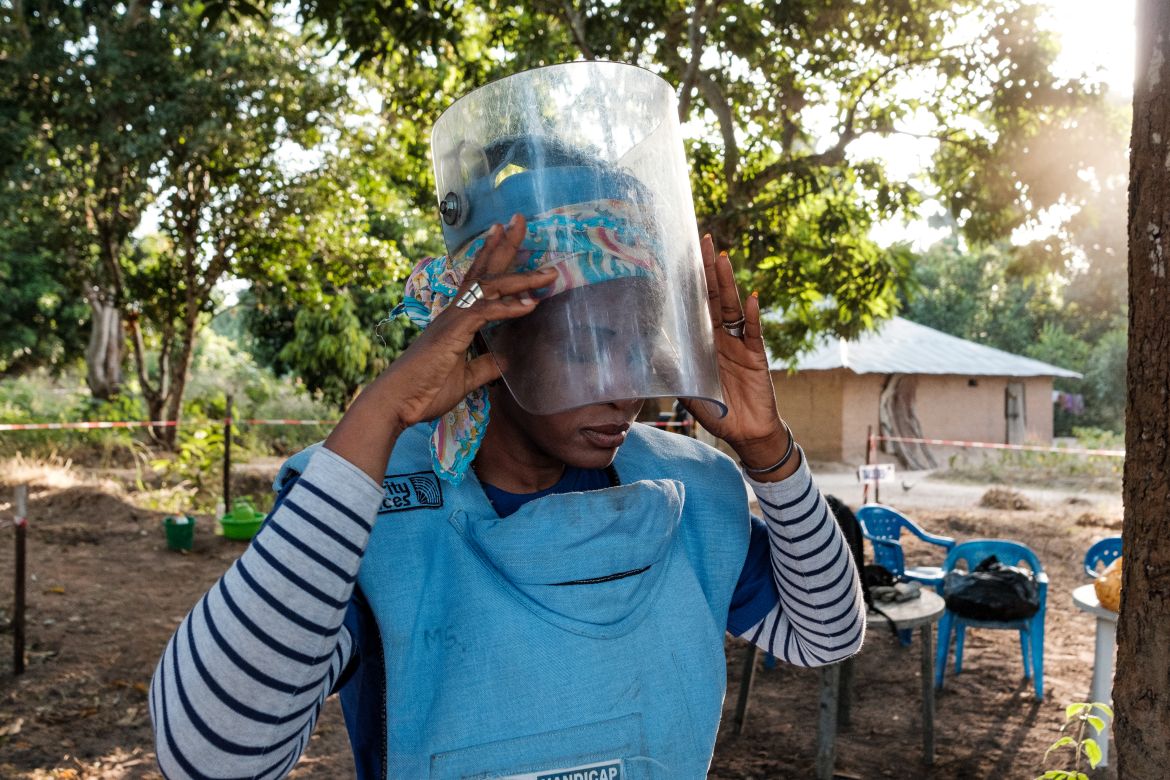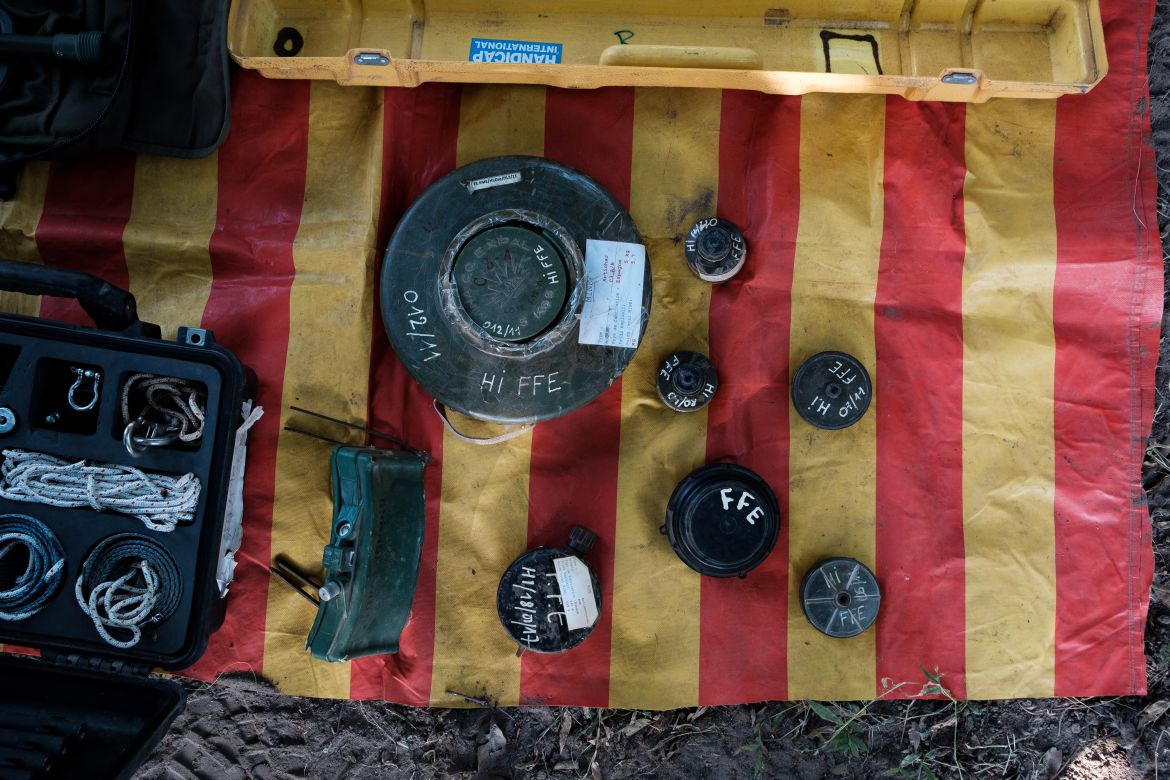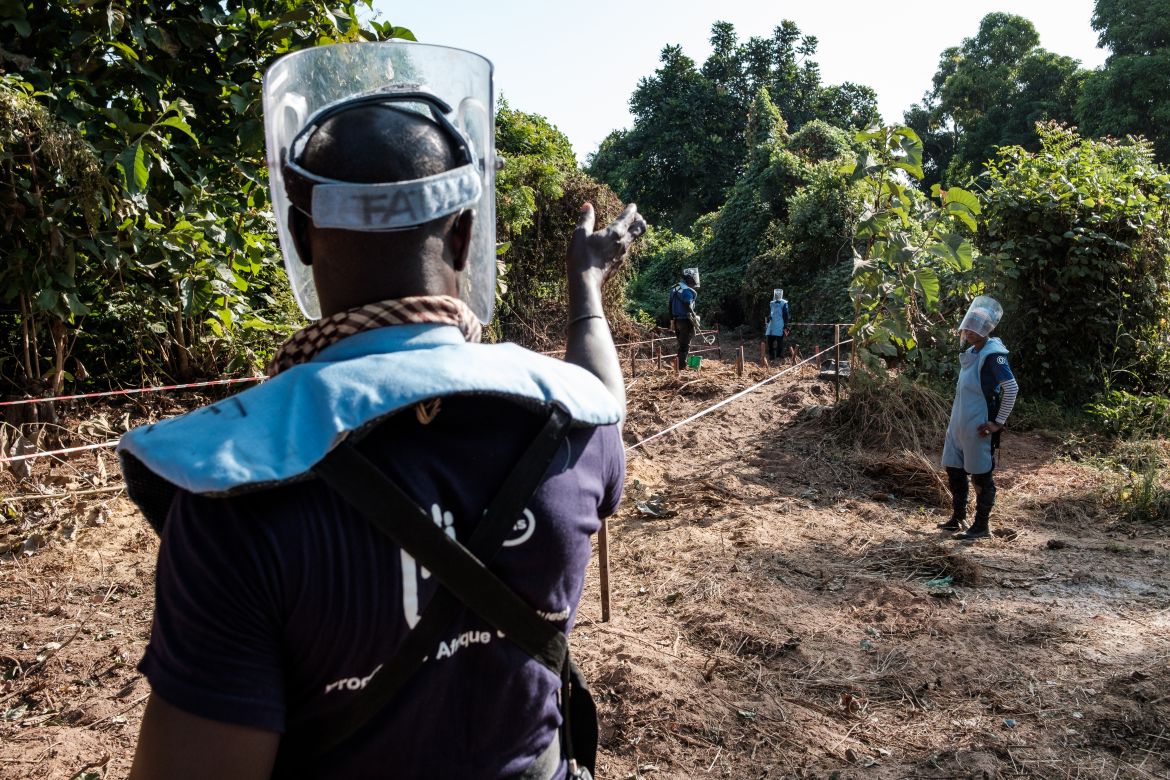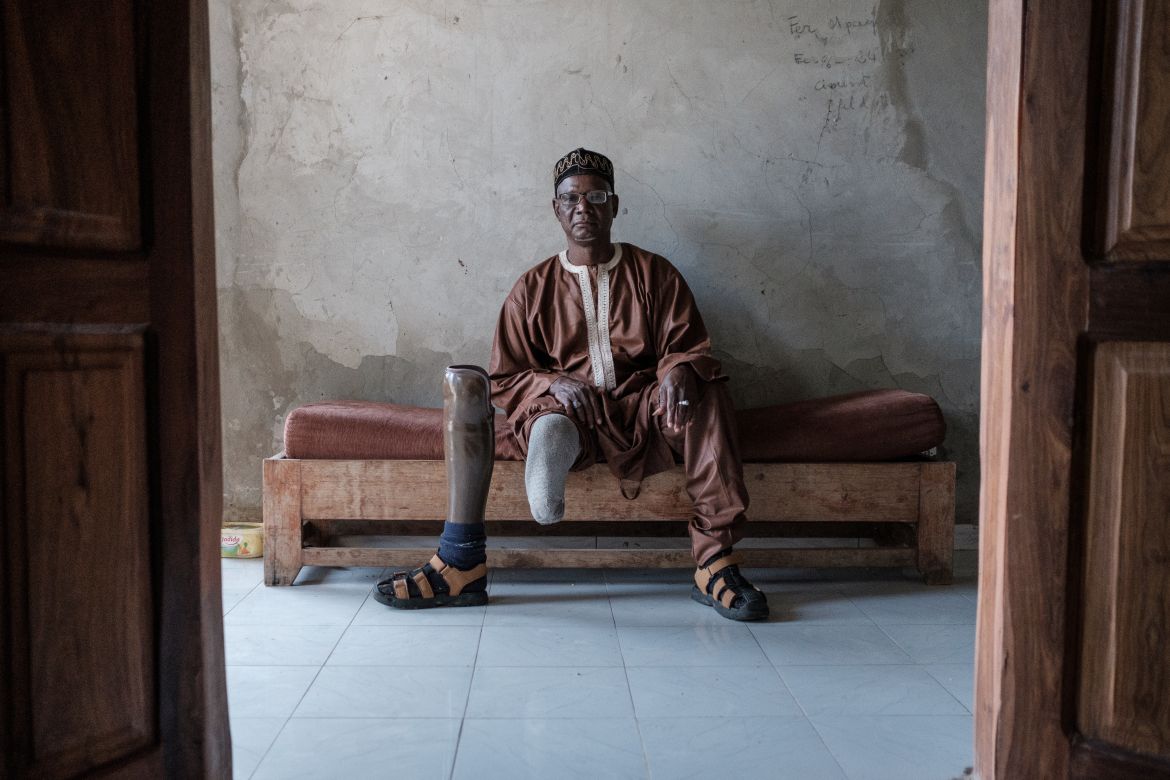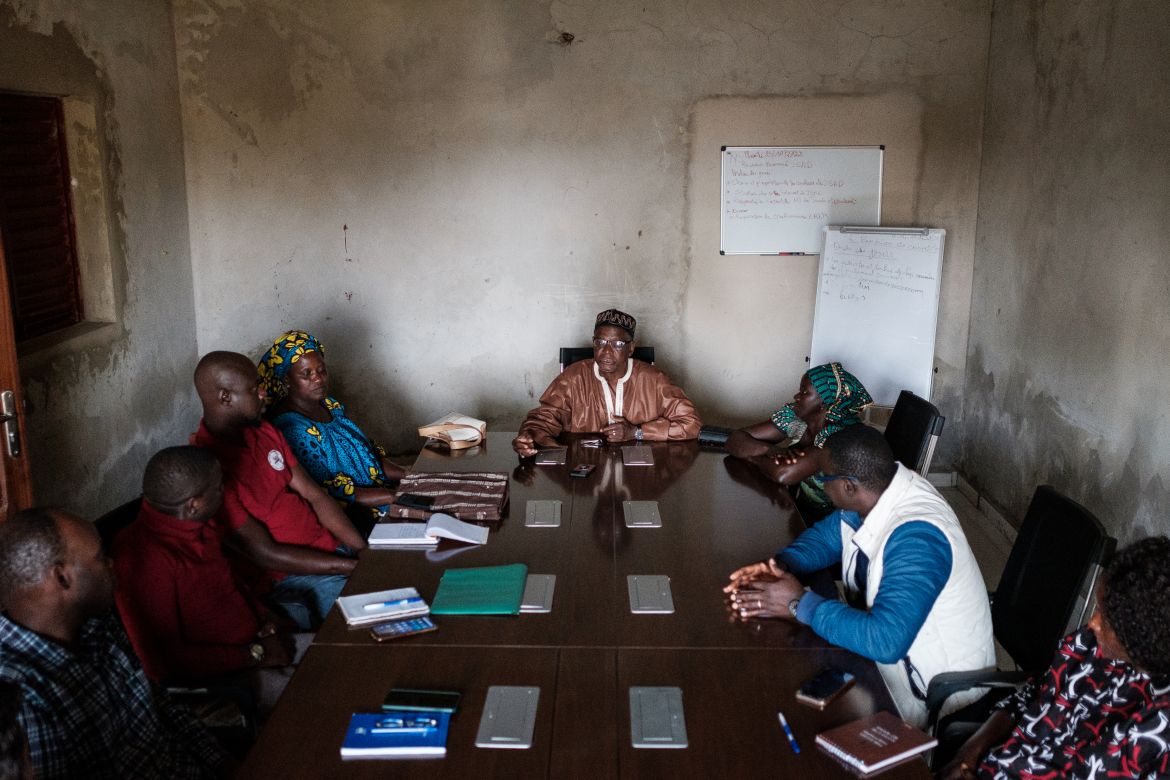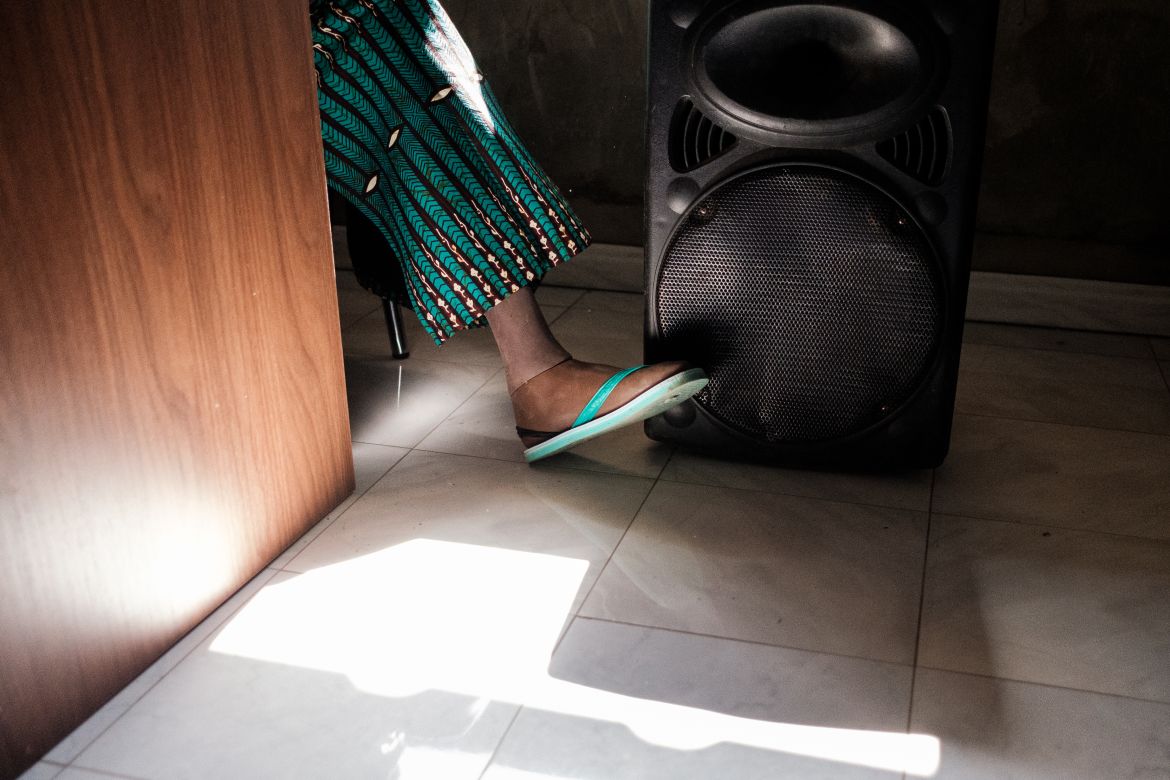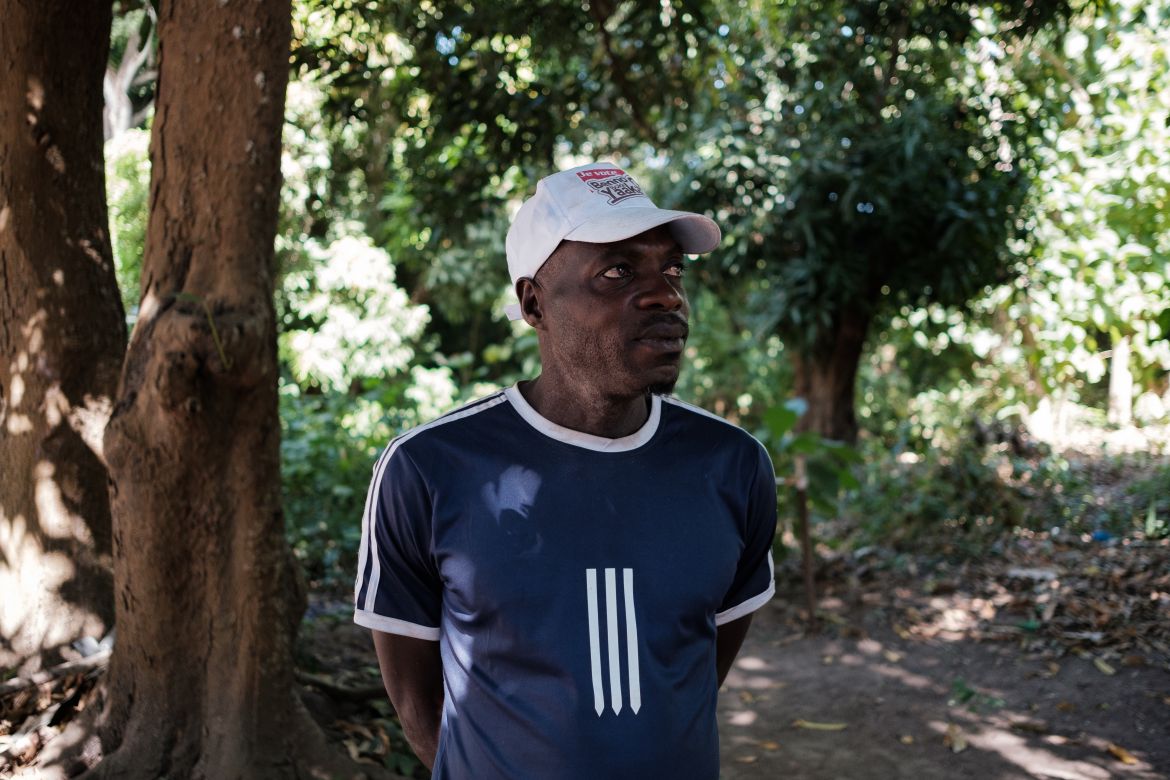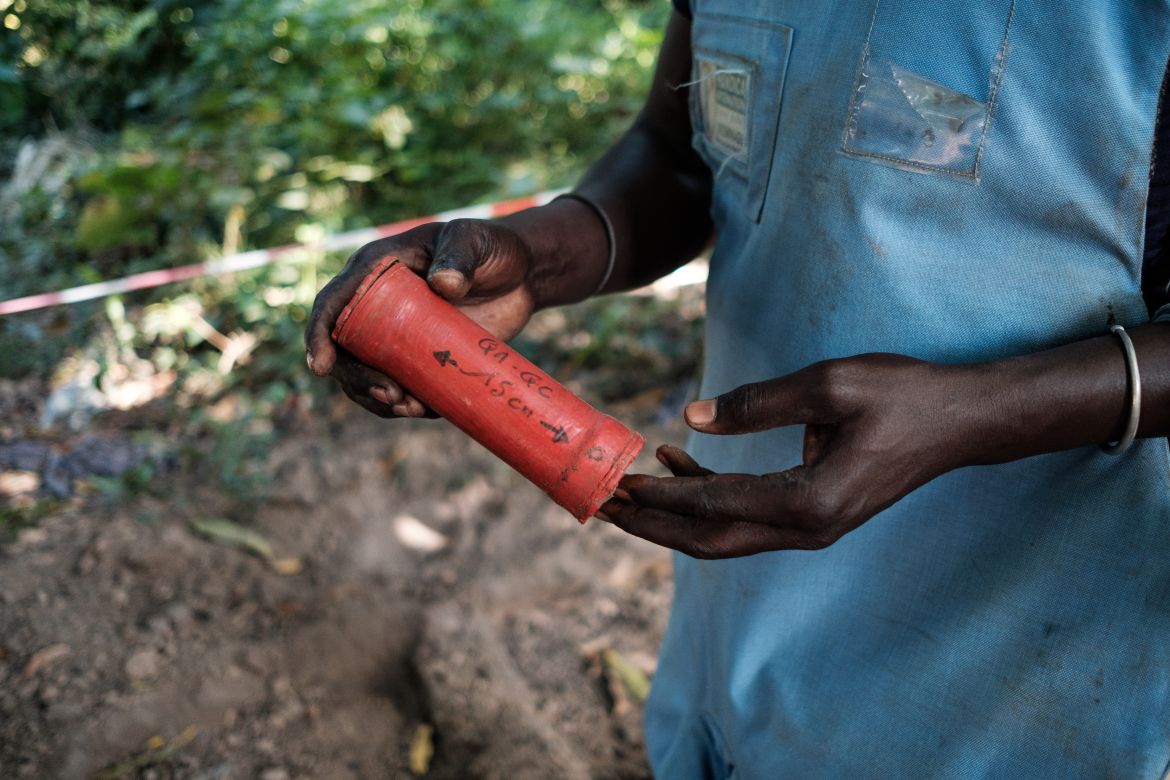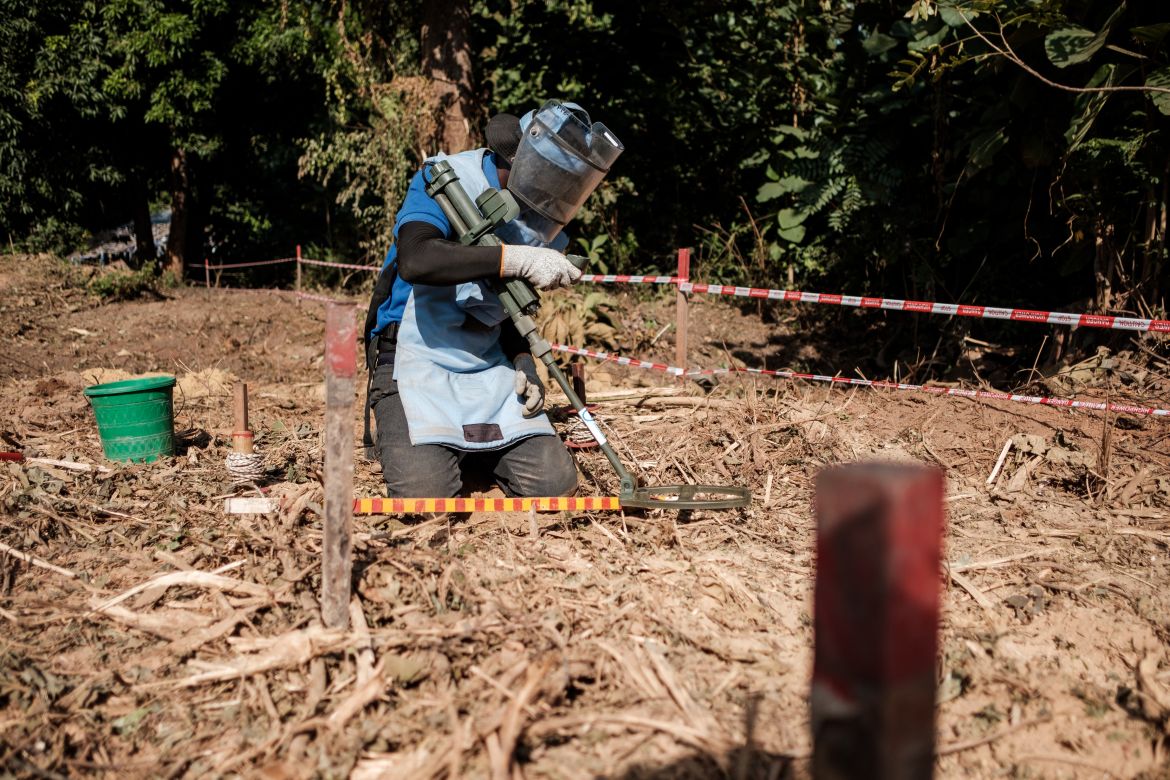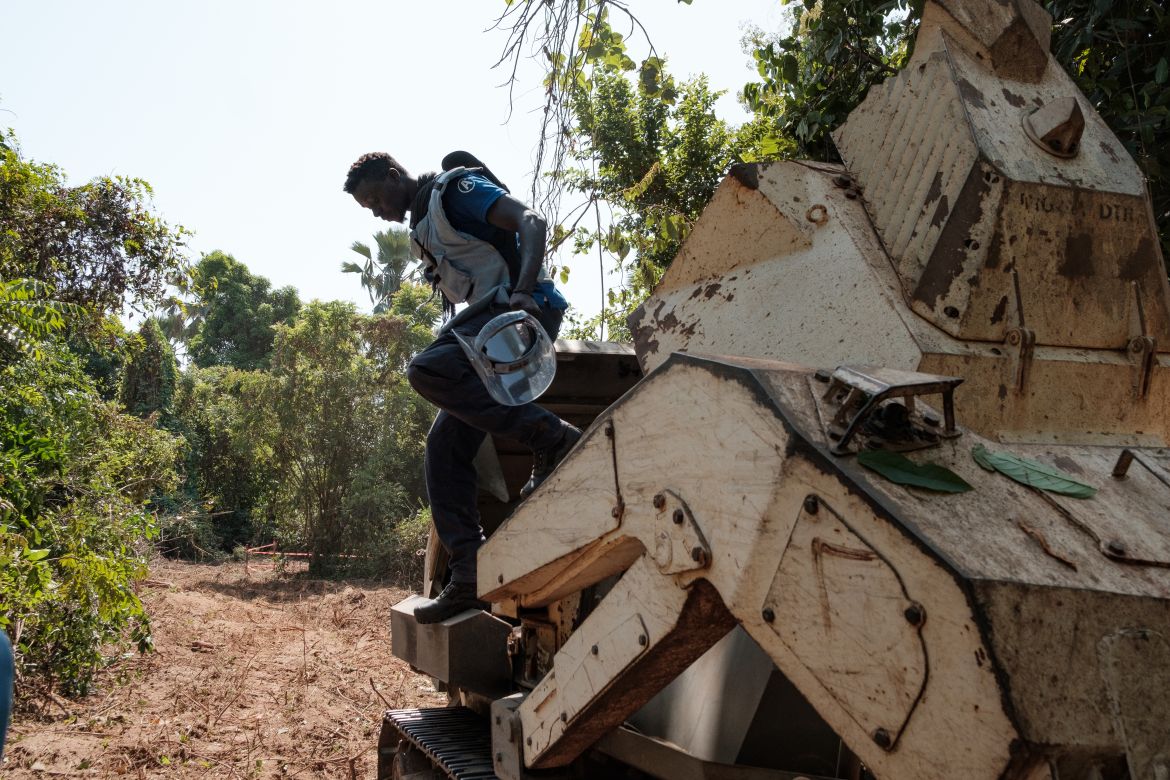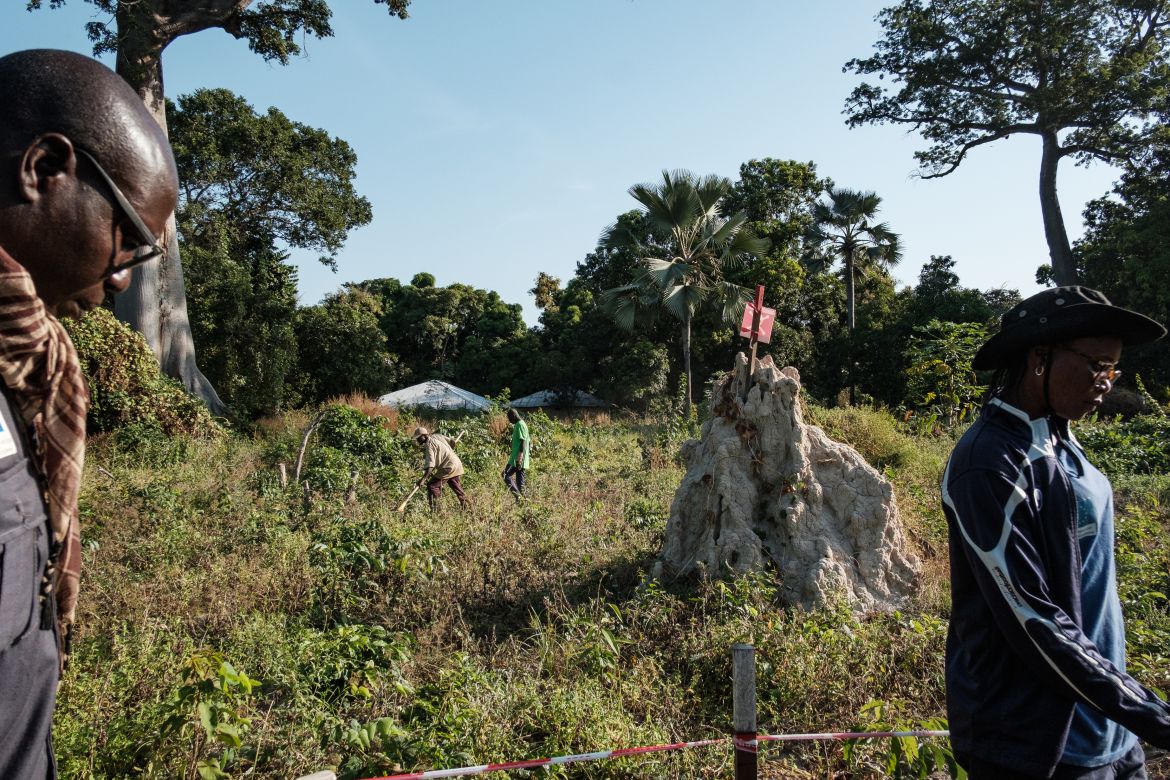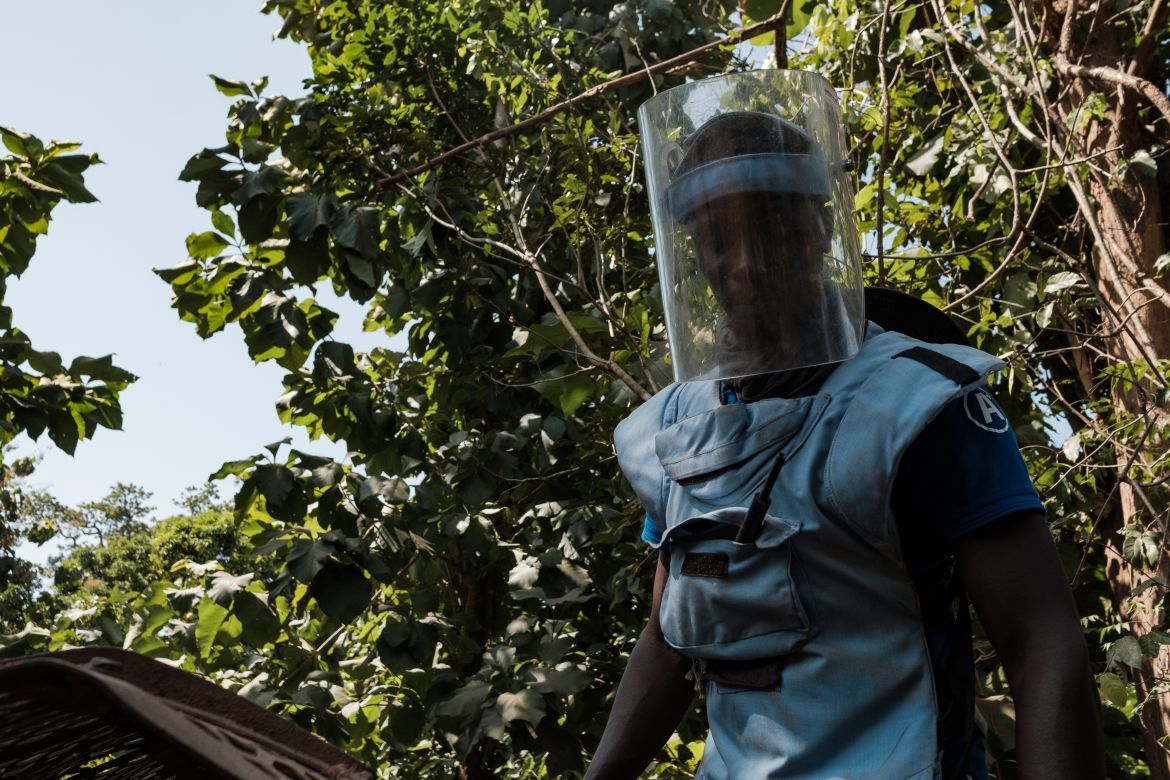In Pictures
Photos: Removing rebel-planted landmines in Senegal’s Casamance
Demining operations happen amid the still ongoing conflict in Senegal between the government and rebel groups.
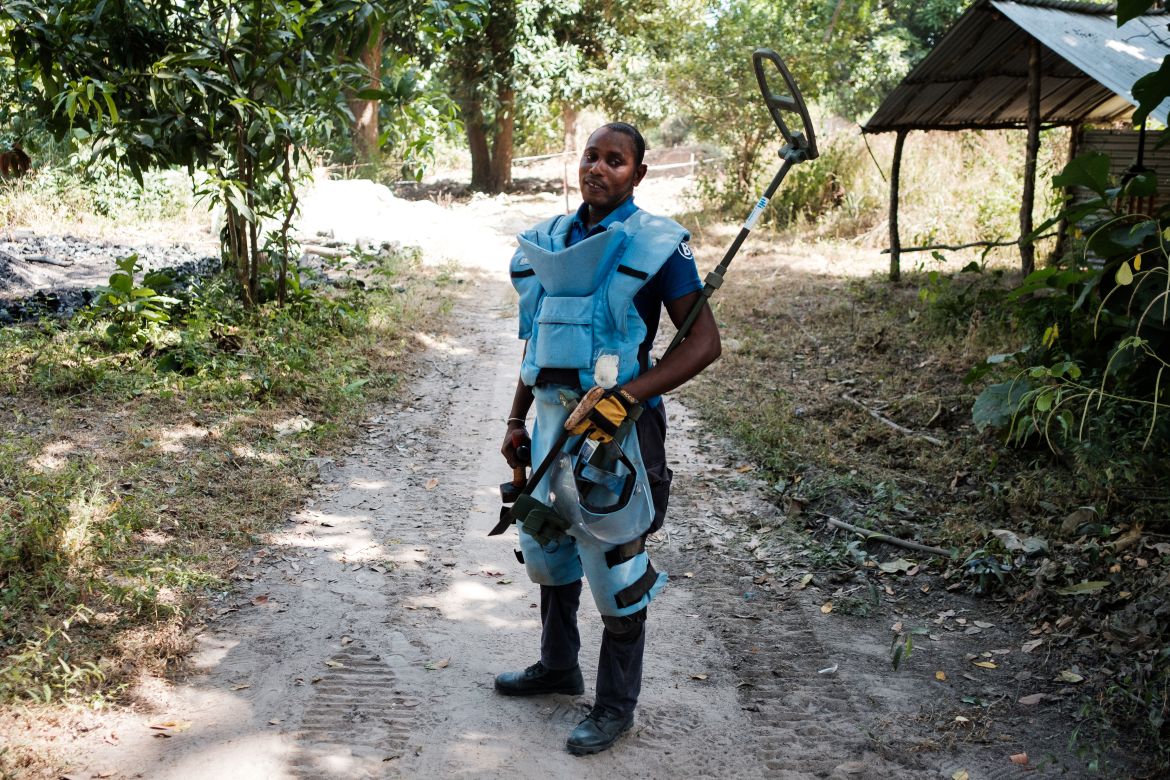
As the orange sunrise spills over the thick, shady forests and neatly demarcated rice fields of rural Ziguinchor, in southern Senegal’s Casamance region, it can be easy to forget there’s a war going on. A convoy of de-miners cuts through the morning calm, passing children walking to school and rural denizens headed into Ziguinchor city, en route to the small village of Basséré, where they’ve set up camp.
Conflict between the separatist rebels of the Movement of Democratic Forces of Casamance (MFDC) and the Senegalese military once led residents to abandon the village entirely. Now, constrained by fears of mines leftover from the Senegalese military, which once built and outpost here, the few residents who have returned in recent years are restrained in their movements in and out of the village, and their ability to farm the surrounding countryside, where fruit falls and rots with no one to gather it. Mines have been found in nearby villages, and at a nearby school building, long since abandoned.
Hopefully, once the area is declared safe, there will be enough space for people to finally come home after decades of displacement.“When the de-mining is finished, that will change life here,” says Liboire Saa, the village chief. “We can move where we want to move.”Mines, leftover from both the rebels and the army, cut off villages like Basséré from nearby settlements, schools, and health facilities. Mines can go decades undisturbed, only to finally – sometimes fatally – be set off by an errant horse cart or a curious child digging through the dirt.
The task facing the de-miners is a complex one. In wars around the world, mine clearing is often part of the post-war cleanup. But the conflict between the Senegalese government and the MFDC – while far from its peak in the 80s and 90s – still limps on 40 years later. Children go to school, farmers tend their fields, tourists zip to the beaches of Cap Skirring – but some 2 square kilometers (1.6 square miles) of land, pockmarked among Ziguinchor’s 7,352 square kilometres (4,568sq miles), remain at risk of “contamination,” in de-mining parlance.
And the rebels still have a few holdouts in the forest – as Fatou Diaw can attest. Nine years ago, she and a group of her colleagues were kidnapped on a de-mining mission. After government negotiations, she and the other women were released a month later. It took another month for the rest of her colleagues to be freed.
Fully de-mining all of the Casamance will likely take a total, or near total, defeat of the fractured rebel groups who remain – and who, despite their diminished capacity for war and stature among a conflict-wary populace, continue to hold out in the margins.
Yet despite the danger, Diaw continues to suit up for missions like those in Basséré.“I have a cousin who was a mine victim – and he died,” she says. “It’s a risky job … but it’s a career that I like.”
